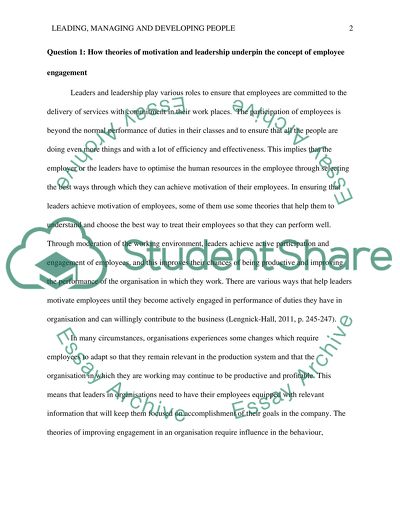Cite this document
(“Leading, Managing and Developing People Essay Example | Topics and Well Written Essays - 3000 words”, n.d.)
Retrieved from https://studentshare.org/human-resources/1483502-leading-managing-and-developing-people
Retrieved from https://studentshare.org/human-resources/1483502-leading-managing-and-developing-people
(Leading, Managing and Developing People Essay Example | Topics and Well Written Essays - 3000 Words)
https://studentshare.org/human-resources/1483502-leading-managing-and-developing-people.
https://studentshare.org/human-resources/1483502-leading-managing-and-developing-people.
“Leading, Managing and Developing People Essay Example | Topics and Well Written Essays - 3000 Words”, n.d. https://studentshare.org/human-resources/1483502-leading-managing-and-developing-people.


